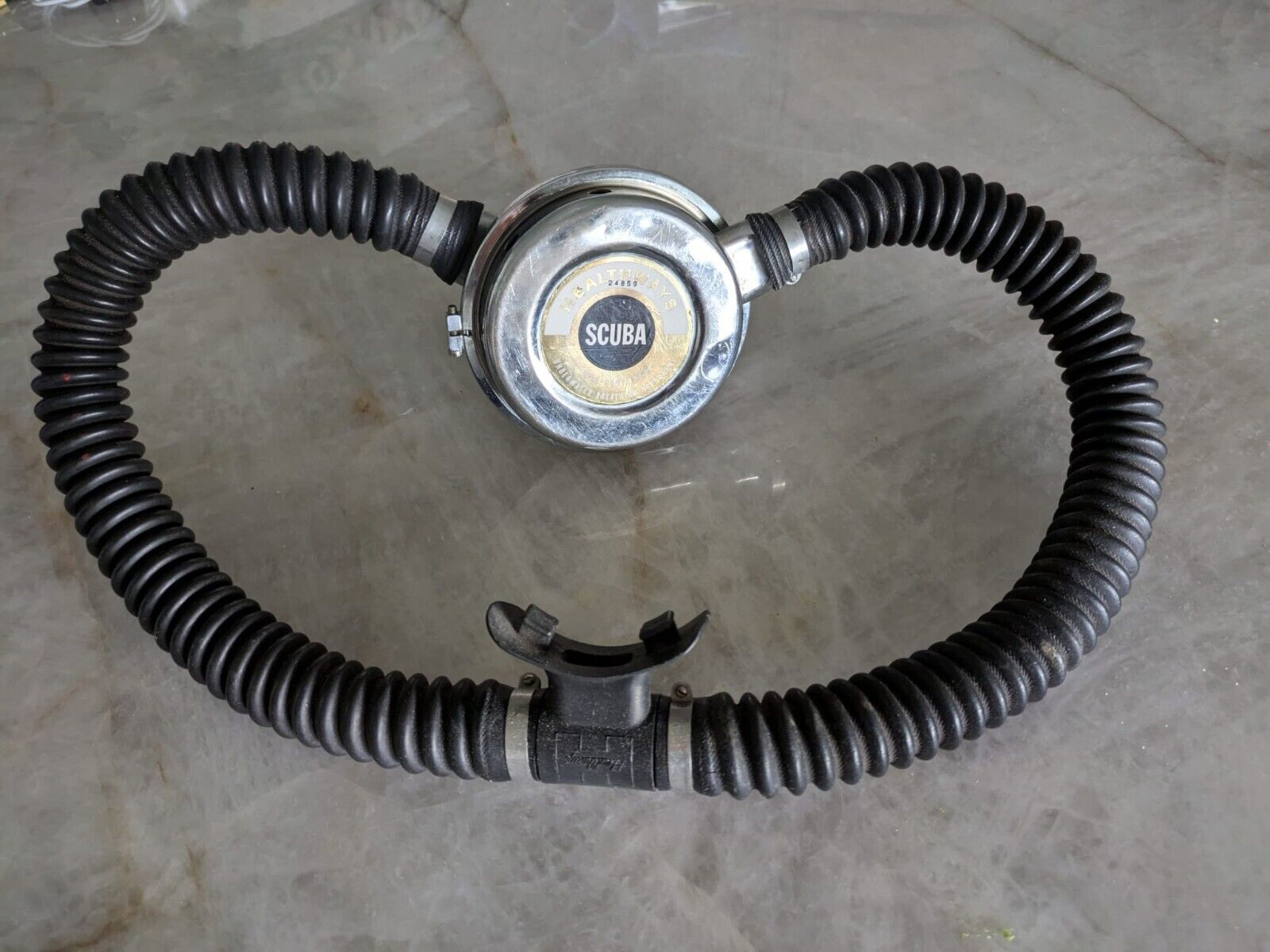The evolution of scuba tanks and valves reflects the broader development of scuba diving technology—driven by the need for safety, reliability, and deeper/longer dives. Here’s a history and technical breakdown:
Early History: Pre-Modern Era (1800s–1940s)
1800s: Early divers used surface-supplied air via rigid helmets and hoses—no tanks yet.
1943: Jacques Cousteau and Émile Gagnan developed the Aqua-Lung, the first successful open-circuit self-contained underwater breathing apparatus (SCUBA). It used a steel tank with a single-stage, demand-valve regulator.
Tank Evolution
1. Materials
Steel (1940s–present):
Original scuba tanks were made of steel.
Pros: Durable, smaller volume for the same pressure.
Cons: Heavy, prone to internal rust without proper maintenance.
Aluminum (1970s–present):
Introduced for cost savings and rust resistance.
Popular Model: AL80 (aluminum, ~80 cubic feet at 3000 psi).
Cons: More buoyant when empty (requires more weight for divers).
Modern Composites (1990s–present):
Carbon fiber or fiberglass wrapped around aluminum/steel liners.
Used in technical and military diving for reduced weight.
Require stricter inspection protocols.
2. Working Pressures:
Evolved from 1800 psi (early steel tanks) to 3000–3500 psi (modern tanks).
Higher pressure = more air for the same size, but also heavier tanks and more robust regulators required.
Valve Evolution
1. K-Valves (Basic, Manual Shutoff):
The simplest valve type, used from the early days to today.
No reserve function—diver uses a submersible pressure gauge (SPG) to monitor air.
2. J-Valves (Early “Reserve” Systems, 1940s–1970s):
Had a spring-loaded reserve mechanism.
Pulled a rod to release the last ~300 psi of air—a warning to ascend.
Became obsolete with the introduction of reliable SPGs.
3. DIN vs. Yoke (A-Clamp):
Yoke (A-clamp):
Older and more common in recreational diving.
Fits over the valve and is sealed by pressure.
Max pressure ~3000 psi.
DIN (Deutsches Institut für Normung):
Threaded connection—more secure and handles higher pressures (~3500 psi).
Preferred in technical and European diving.
Convertible valves allow switching between DIN and yoke with an insert.
4. Modular and Dual-Outlets (Technical Diving):
Allow redundant regulators or gas switching (e.g., twin sets).
Include isolation manifolds—can shut off one side of a twin-tank system if needed.
Recent Developments (2000s–Present)
Integrated tank-valve systems for certain rebreathers or compact units.
Smaller travel cylinders with optimized buoyancy and airline-approved sizes.
Smart valves under development for integration with dive computers and telemetry.

